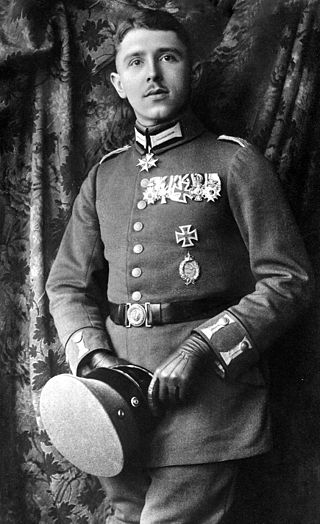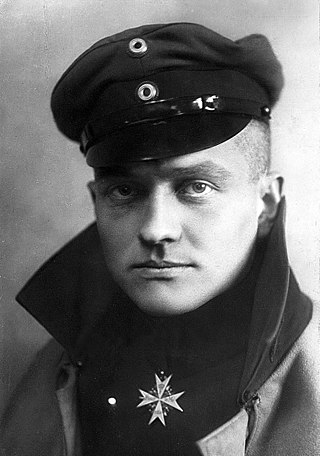Related Research Articles

The British Empire comprised the dominions, colonies, protectorates, mandates, and other territories ruled or administered by the United Kingdom and its predecessor states. It began with the overseas possessions and trading posts established by England in the late 16th and early 17th centuries. At its height in the 19th and early 20th century, it was the largest empire in history and, for a century, was the foremost global power. By 1913, the British Empire held sway over 412 million people, 23 percent of the world population at the time, and by 1920, it covered 35.5 million km2 (13.7 million sq mi), 24 per cent of the Earth's total land area. As a result, its constitutional, legal, linguistic, and cultural legacy is widespread. At the peak of its power, it was described as "the empire on which the sun never sets", as the sun was always shining on at least one of its territories.
The Umbutfo Eswatini Defence Force (UEDF) is the military of the Southern African Kingdom of Eswatini (Swaziland). It is used primarily during domestic protests, with some border and customs duties; the force has never been involved in a foreign conflict. The army has struggled with high rates of HIV infection. Since measures were put in place the rate is dropping.

The Distinguished Flying Cross (DFC) is the third-level military decoration awarded to officers, and since 1993 to other ranks, of the United Kingdom's Royal Air Force and other services, and formerly to officers of other Commonwealth countries, for "an act or acts of valour, courage or devotion to duty whilst flying in active operations against the enemy".

Max ImmelmannPLM was the first German World War I flying ace. He was a pioneer in fighter aviation and is often mistakenly credited with the first aerial victory using a synchronized gun, which was in fact achieved on 1 July 1915 by the German ace Kurt Wintgens. He was the first aviator to receive the Pour le Mérite, colloquially known as the "Blue Max" in his honour, being awarded it at the same time as Oswald Boelcke. His name has become attached to a common flying tactic, the Immelmann turn, and remains a byword in aviation. He is credited with 15 aerial victories.

A flying ace, fighter ace or air ace is a military aviator credited with shooting down five or more enemy aircraft during aerial combat. The exact number of aerial victories required to officially qualify as an ace is varied, but is usually considered to be five or more.

Albert Ball, was a British fighter pilot during the First World War. At the time of his death he was the United Kingdom's leading flying ace, with 44 victories, and remained its fourth-highest scorer behind Edward Mannock, James McCudden, and George McElroy.

No. 488 Squadron was the name given to two distinct Royal New Zealand Air Force squadrons during the Second World War. Both were formed under Article XV of the Empire Air Training Scheme and served under the operational command of the Royal Air Force.

The Austro-Hungarian Aviation Troops or Imperial and Royal Aviation Troops were the air force of the Austro-Hungarian Empire until the empire's demise in 1918; it saw combat on both the Eastern Front and Italian Front during World War I.
The Royal Air Force (RAF) and Fleet Air Arm had included personnel from outside the United Kingdom from before the beginning of the Second World War, and many served in the Battle of Britain in summer 1940. Many of these volunteers were British subjects—thus, citizens—coming from territories that made up part of the British Empire. Additionally, a significant part was made up of refugees and exiles from German-occupied Europe and American emigrants.
Events from the year 1917 in the United Kingdom. The year was dominated by the First World War.

The following are lists of World War I flying aces. Historically, a flying ace was defined as a military aviator credited with shooting down five or more enemy aircraft during aerial combat. The term was first used by French newspapers, describing Adolphe Pégoud as l'as, after he downed seven German aircraft.

Gotthard Sachsenberg was a German World War I fighter ace with 31 victories who went on to command the world's first naval air wing. In later life, he founded the airline Deutscher Aero Lloyd, became an anti-Nazi member of the German parliament, and also became a pioneering designer of hydrofoils.

OberleutnantFriedrich Ritter von Röth was a German World War I fighter ace with 28 victories. He was the most successful German pilot at the extremely hazardous practice of shooting down enemy observation balloons, and destroyed 20 of them. Röth concentrated on observation balloons because they were large enough targets for him to see and hit with machine gun fire.

When the United Kingdom declared war on Nazi Germany in September 1939 at the start of World War II, it controlled to varying degrees numerous crown colonies, protectorates, and India. It also maintained unique political ties to four of the five independent Dominions—Australia, Canada, South Africa, and New Zealand—as co-members of the then "British Commonwealth". In 1939 the British Empire and the Commonwealth together comprised a global power, with direct or de facto political and economic control of 25% of the world's population, and of 30% of its land mass.

During World War I, the national air services involved developed their own methods of assessing and assigning credit for aerial victories.
Captain Leonard Allan Payne was a British First World War flying ace born in Swaziland. He was credited with 11 confirmed aerial victories while piloting a Bristol F.2 Fighter.
References
- ↑ Šafařík, Jan J. (2010). "Swaziland: World War I". Air Aces Home Page. Retrieved 29 July 2015.
- ↑ Gleize, J. P. (2009). "Empire and Dominion small nations pilots in WW1". Far From Home: Empire And Dominion Small Nations Pilots In WWI. Retrieved 29 July 2015.